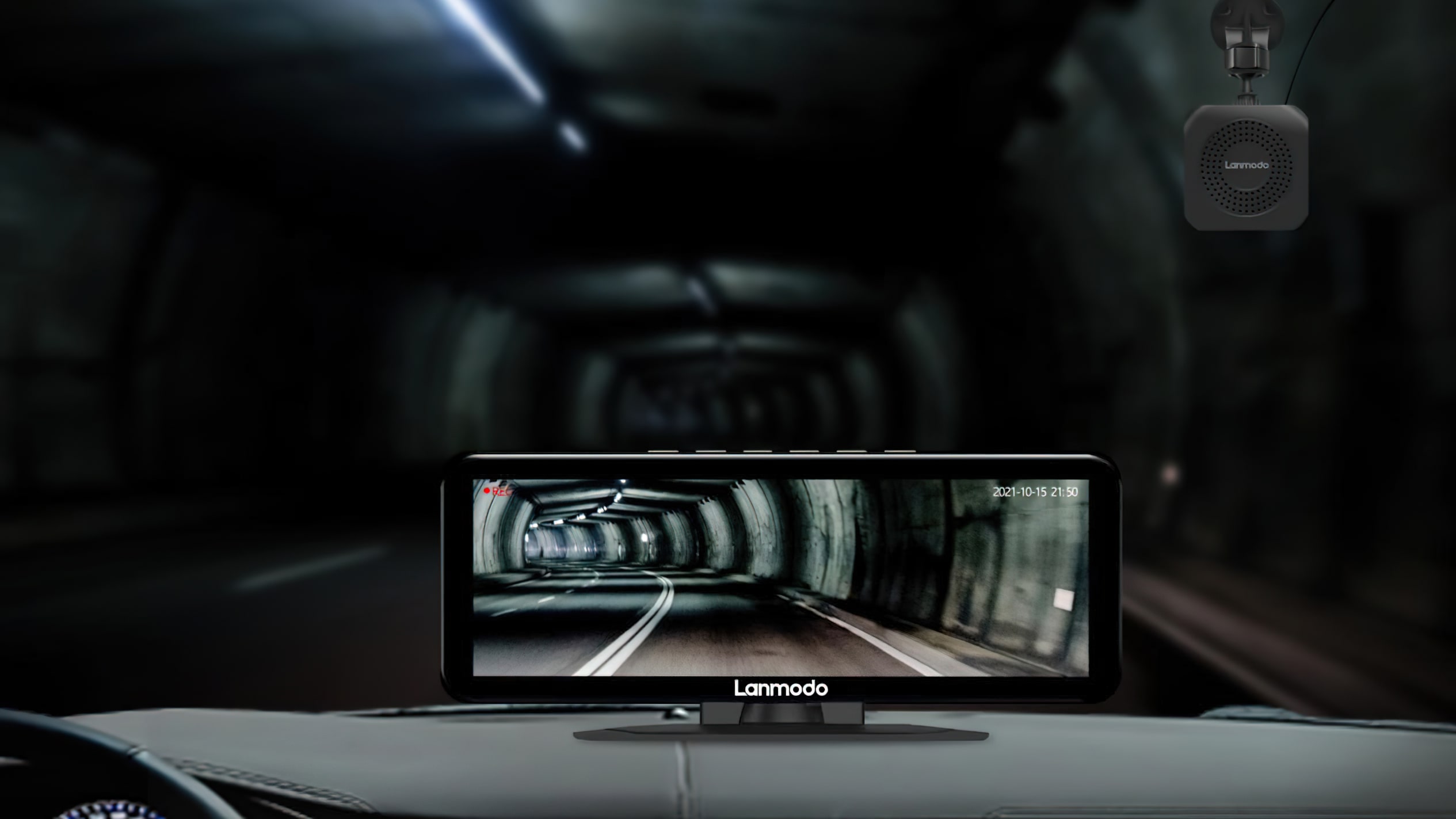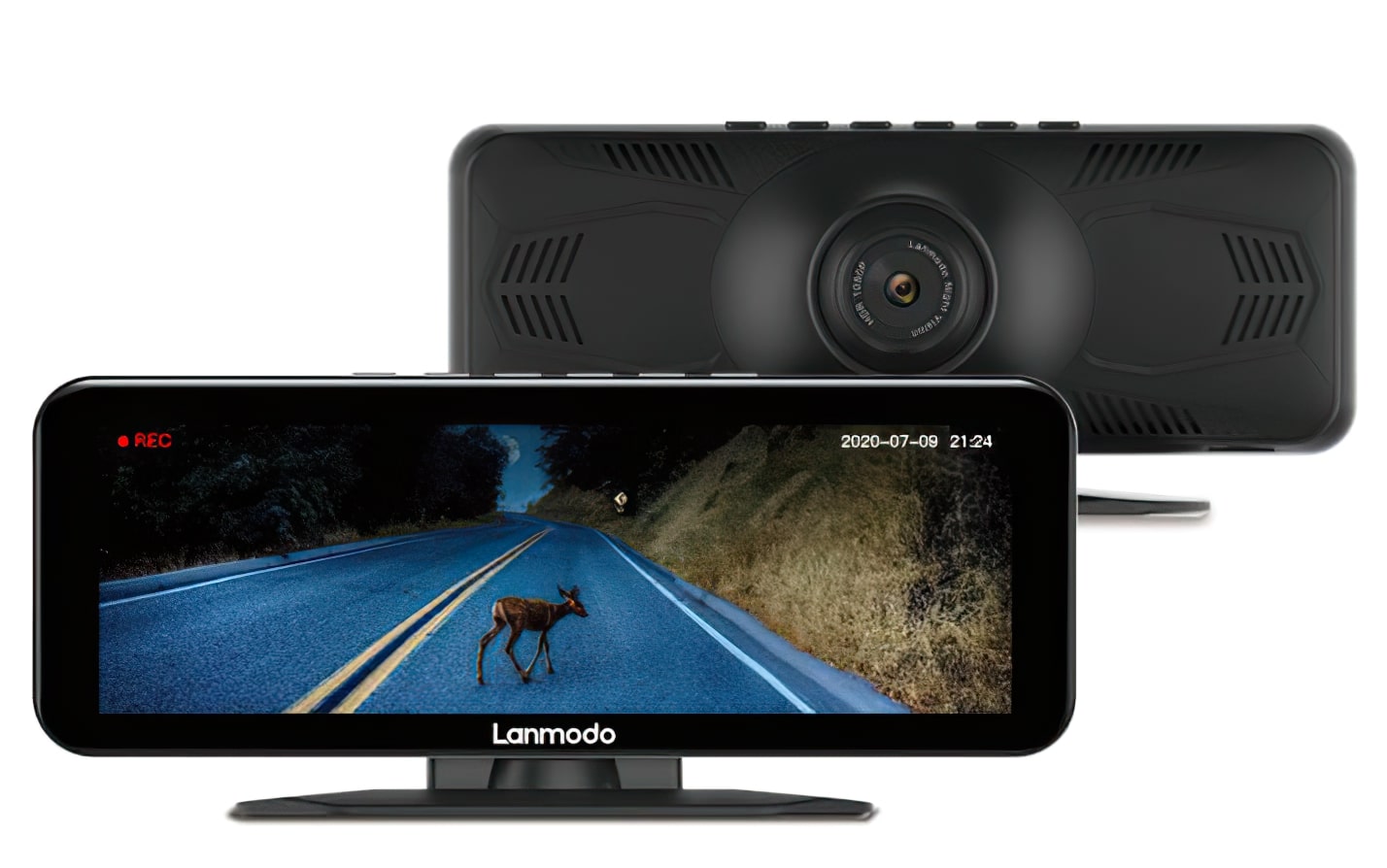
Until Logitech’s G Pro X gaming headset got here alongside final month, Steelseries’ Arctis 7 had been sitting unchallenged on the prime of my best gaming headset checklist for completely yonks. I nonetheless have an enormous mushy spot for the Arctis 7 – it’s nonetheless the perfect wi-fi headset you should buy proper now, in spite of everything, in addition to one of the crucial comfy headsets ever made – however when each headset within the Arctis household is supposed to come back with the identical 50mm audio drivers and mushy ear cushion materials, are you truly higher off saving your hard-earned cash and getting considered one of their lower-end Arctis headsets as a substitute? To assist reply that query, I’ve acquired the Arctis 1, the latest and least expensive member of the Arctis headset gang that may set you again simply £50 / $50. Here’s wot I believe.
I need to admit, I used to be frightened concerning the total consolation of the Arctis 1 after I noticed it didn’t have the identical ski-goggle headband as its massive Arctis 7 brother, however I’m happy to say its light-weight, strengthened metal concoction was truly fairly rattling nice. I used to be in a position to put on it for a whole afternoon with none indicators of the dreaded head pinch rearing its ugly mug, and its mushy ear cups didn’t really feel like they had been digging into my jaw, both.
Admittedly, I needed to have the Arctis 1 on its tightest adjustment setting with a view to get a cushty match, so it is probably not such an excellent match for these with significantly small heads (though mine’s already fairly darn tiny within the grand scheme of issues). Still, offered you’re not a small baby or an much more petite woman than myself, the Arctis 1 ought to have the ability to go the space when you’ve acquired an enormous weekend of gaming deliberate.
The removable microphone can also be one of many clearest mics I’ve examined in this type of worth vary, as often they’re fairly token efforts at this finish of the price range spectrum. There was nonetheless a teensy little bit of background hiss, all instructed, however nothing out of the peculiar, and definitely not sufficient to intrude with what I used to be saying. It additionally dealt with consonants and plosive sounds very properly, with solely the smallest quantity of breathy pop current after I set free a very massive sigh.
As for delivering that Arctis 7-grade audio high quality, err… properly… it was a little bit of a blended bag, to be trustworthy. In every of my check games, there was an simple dampness within the sound someplace, typically manifesting within the music, whereas others it was extra noticeable in a game’s varied sound results. On the entire, it was nonetheless all proper so far as price range headsets go, however it’s additionally not fairly the identical Arctis 7 high quality I bear in mind.

The Arctis 1’s default connection is a mixed headphone jack so you should use it with consoles, telephones and laptops and the like, however it additionally comes with a 3.5mm splitter within the field to your PC.
In Doom, for instance, my Super Shotgun had a beautiful sense of bassy weight to it, however it additionally didn’t sound significantly crisp or pronounced. ‘Damp’ is de facto the one phrase I can use to explain it, as if it began out with all of the would possibly of demon-crunching hell energy once you pulled the set off, however it ended up falling a bit flat by the point the shells go away the barrel.
There was nonetheless a good degree of element to be heard elsewhere, such because the bone-cracking squelches of ripped off arms and splattered guts and gore everywhere in the store, however there was a particular bias towards the bassier finish of the spectrum when it got here to balancing them towards its pumping battle music. Things barely improved after I switched on Windows Sonic for Headphones my sound choices, making gun blasts sound simply that bit extra distinct, however its muddy hints from earlier didn’t go away totally.
Hellblade: Senua’s Sacrifice proved a a lot better companion for the Arctis 1, with every of the voices inside Senua’s head coming by means of loud and clear. The fundamental narrator nonetheless sounded a bit damp at instances, as if she was talking only a bit too near the recording microphone, however total there was a a lot better steadiness between the ominous background music and the dialogue / accompanying sound results right here. It felt much more immersive than Doom, and enabling Windows Sonic once more solely made it sound even clearer and crisper.
Final Fantasy XV, however, fell someplace within the center. As a lot as its orchestral overworld music sounded splendidly wealthy and heat and stuffed with element, for instance, it additionally felt noticeably indifferent from every thing else happening within the game, making the entire soundscape really feel slightly unbalanced in consequence. Noctis and buddies’ battle yells and zippy zappy sword sounds had been a lot louder than the accompanying battle music, for instance, and typically all of it acquired a bit an excessive amount of after I had them calling out to one another whereas doing a number of particular strikes all similtaneously the busy battle theme. I ought to say it did range a bit relying on which battle music was enjoying on the time, however it’s nonetheless removed from being best.
And but, as a daily music headset, I’ve completely no complaints. Both my Final Fantasy XV and Octopath Traveller soundtracks sounded nice after I booted them up in iTunes, for instance, and all of the earlier steadiness woes I had between the bass and the treble in-game fully disappeared. Each of their respective orchestras had been stuffed with element and at no level did the percussion sound prefer it was drowning out the violins or piano on prime. Rock and pop songs sounded nice, too, with every vocalist holding their very own towards their guitars, bass and drums.

Its on-ear quantity management and microphone mute button are simple to seek out once you’ve acquired the Arctis 1 in your head, however I want the mute button made a sound to let you know if it was truly off or not.
The Arctis 1 isn’t good, then, however I’d argue it’s nonetheless noticeably higher than the actually low-cost headsets on the market just like the Turtle Beach Recon 150. It’s acquired a a lot better mic, for starters, and is legitimately comfy to put on for lengthy durations of time – which is a uncommon factor coming from Mrs I-Always-Get-A-Headache-After-Wearing-A-Headset-For-30-Minutes. The Arctis 1’s audio high quality continues to be fairly respectable total for a £50 / $50 headset, too, even when there are some apparent points with it, and for essentially the most half it was completely serviceable.
It didn’t impress me as a lot because the equally priced Roccat Renga Boost, admittedly, however Roccat’s more and more scarce £50 / $50 gaming headset isn’t practically as comfy because the Arctis 1, nor does it have pretty much as good a microphone. Plus, the Renga Boost is open-backed, making it much less suited to use inside earshot of different human beings, whereas the Arctis 1 is closed-back, letting you crank up the quantity to your coronary heart’s content material with out annoying everybody round you.
Given a selection between the 2, I’d in all probability go together with the Arctis 1. However, I’ve additionally acquired two different £50 / $50 headsets ready within the wings proper now – the Logitech G432 and Razer’s Kraken X – so this verdict might properly change within the coming days. Right now, the Arctis 1 might be the £50 / $50 headset I’d suggest going for in the mean time, however watch this house to see if the Razer and Logitech have what it takes to knock it off its non permanent perch.




